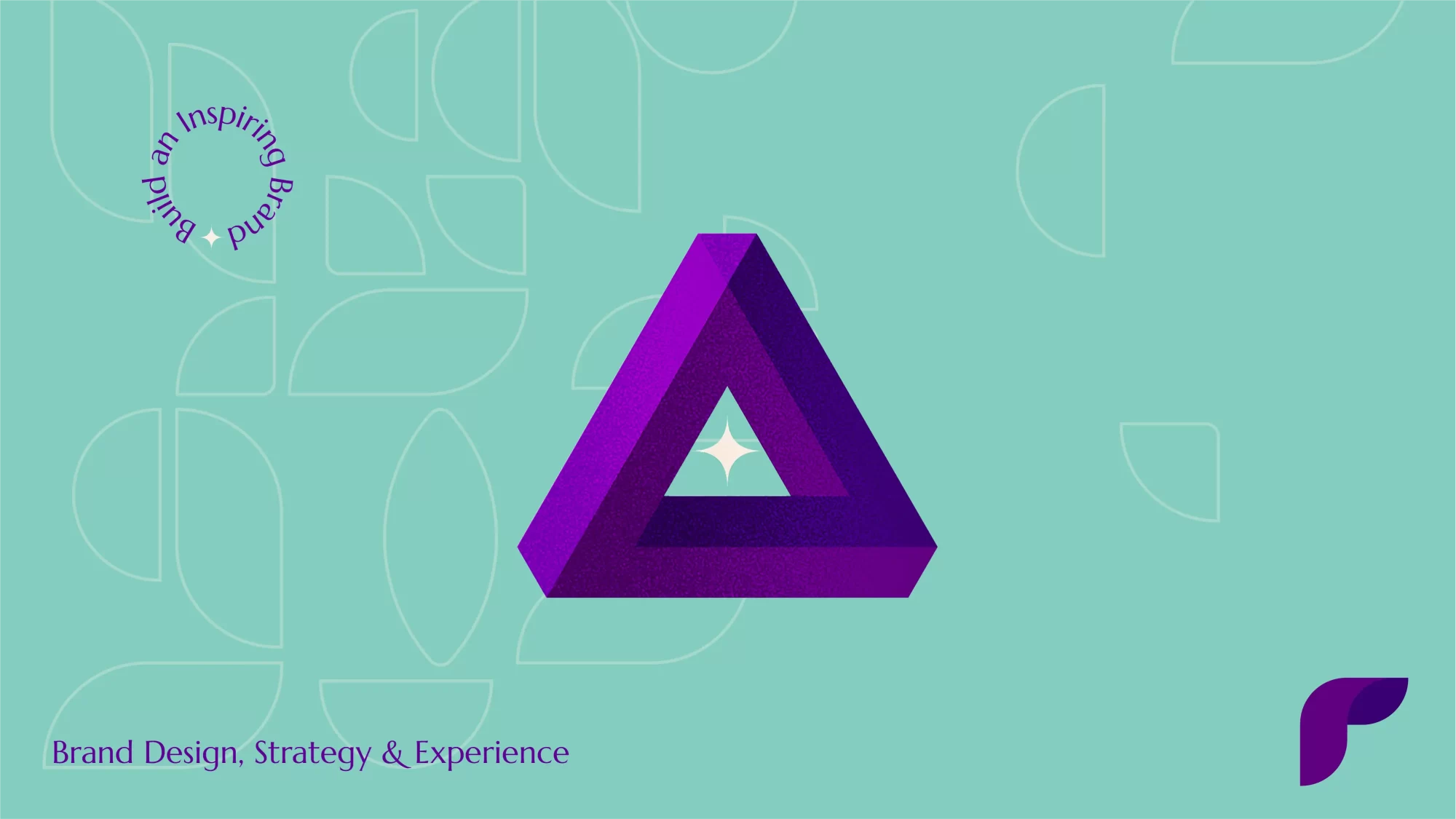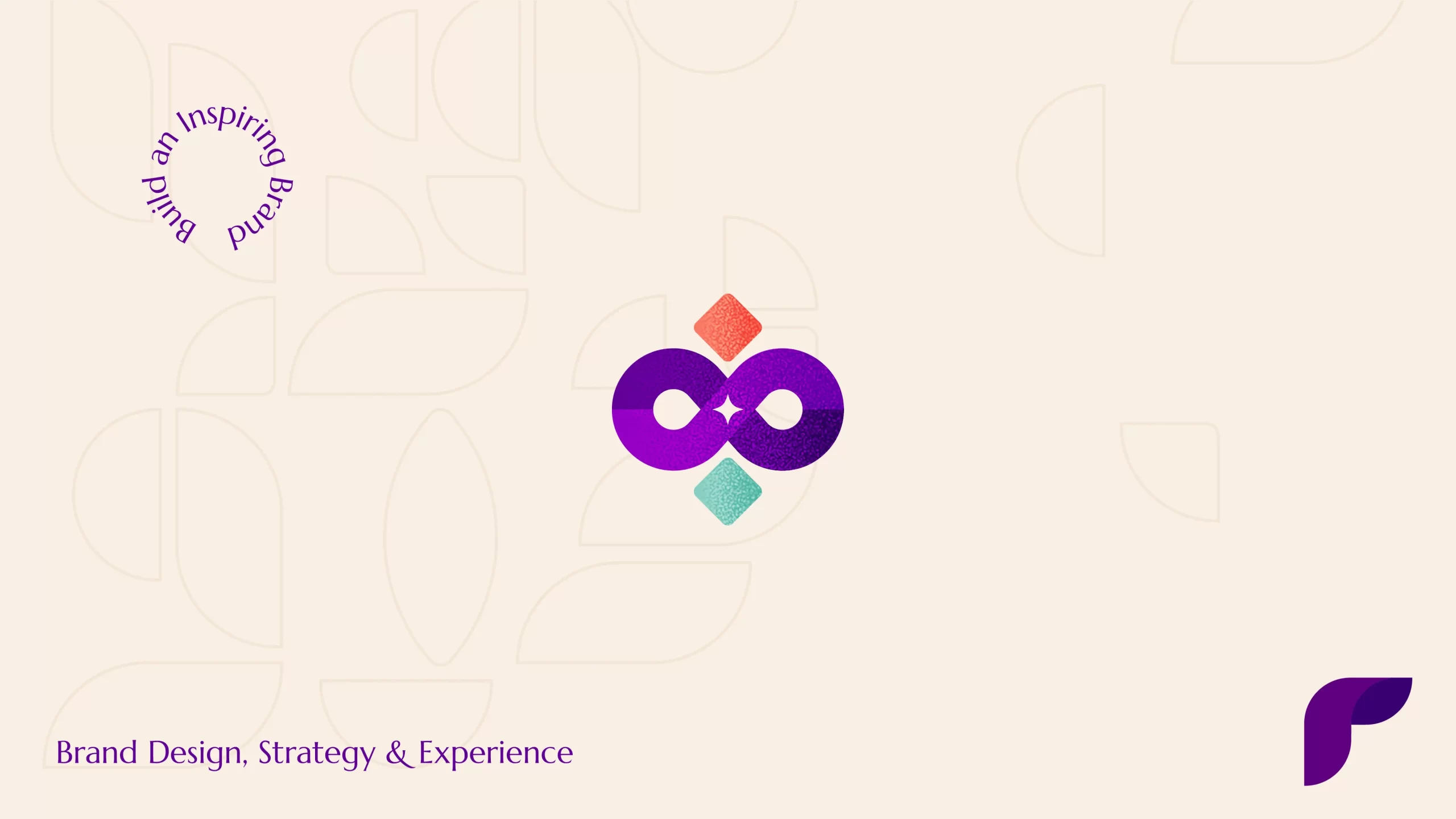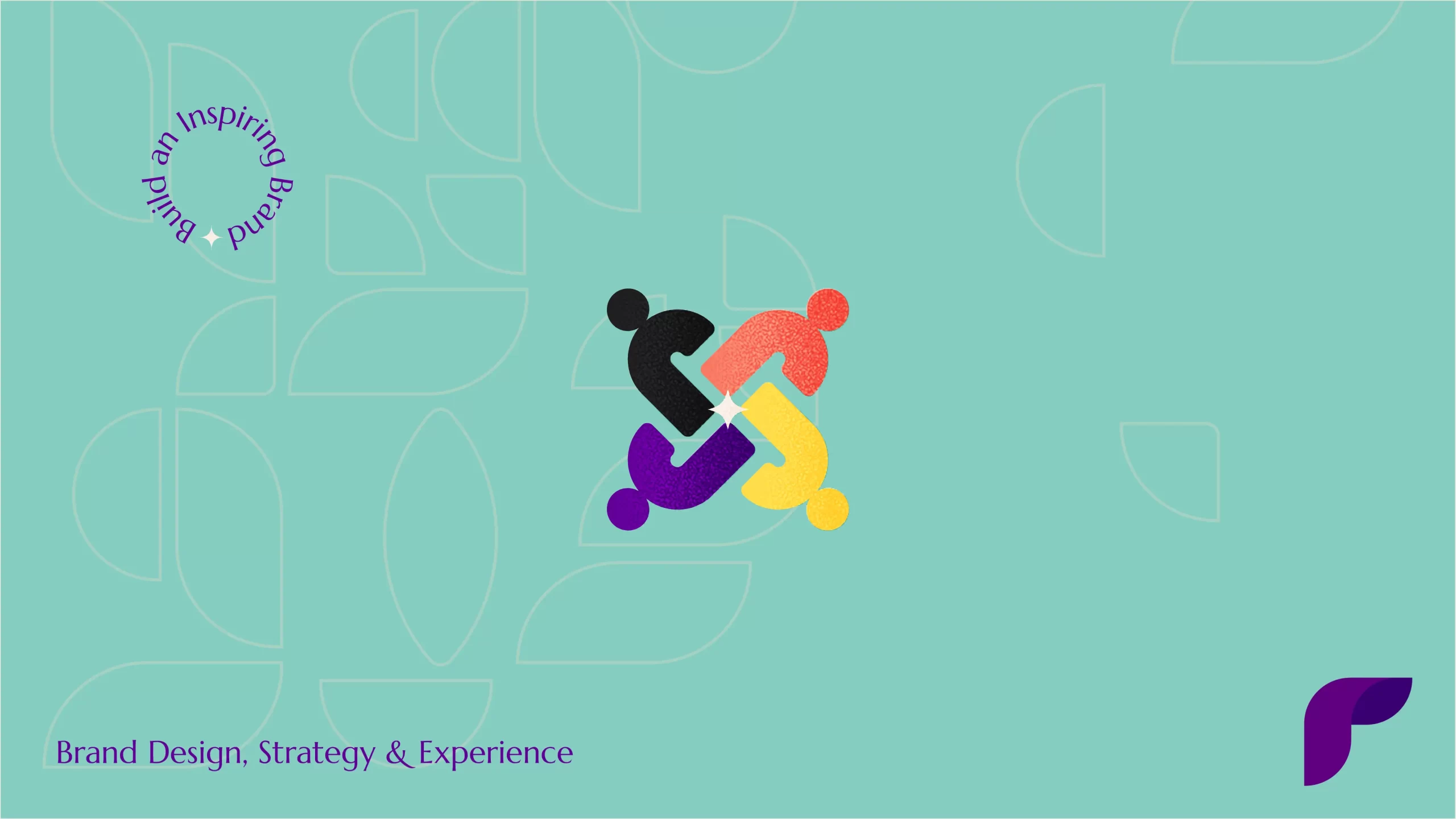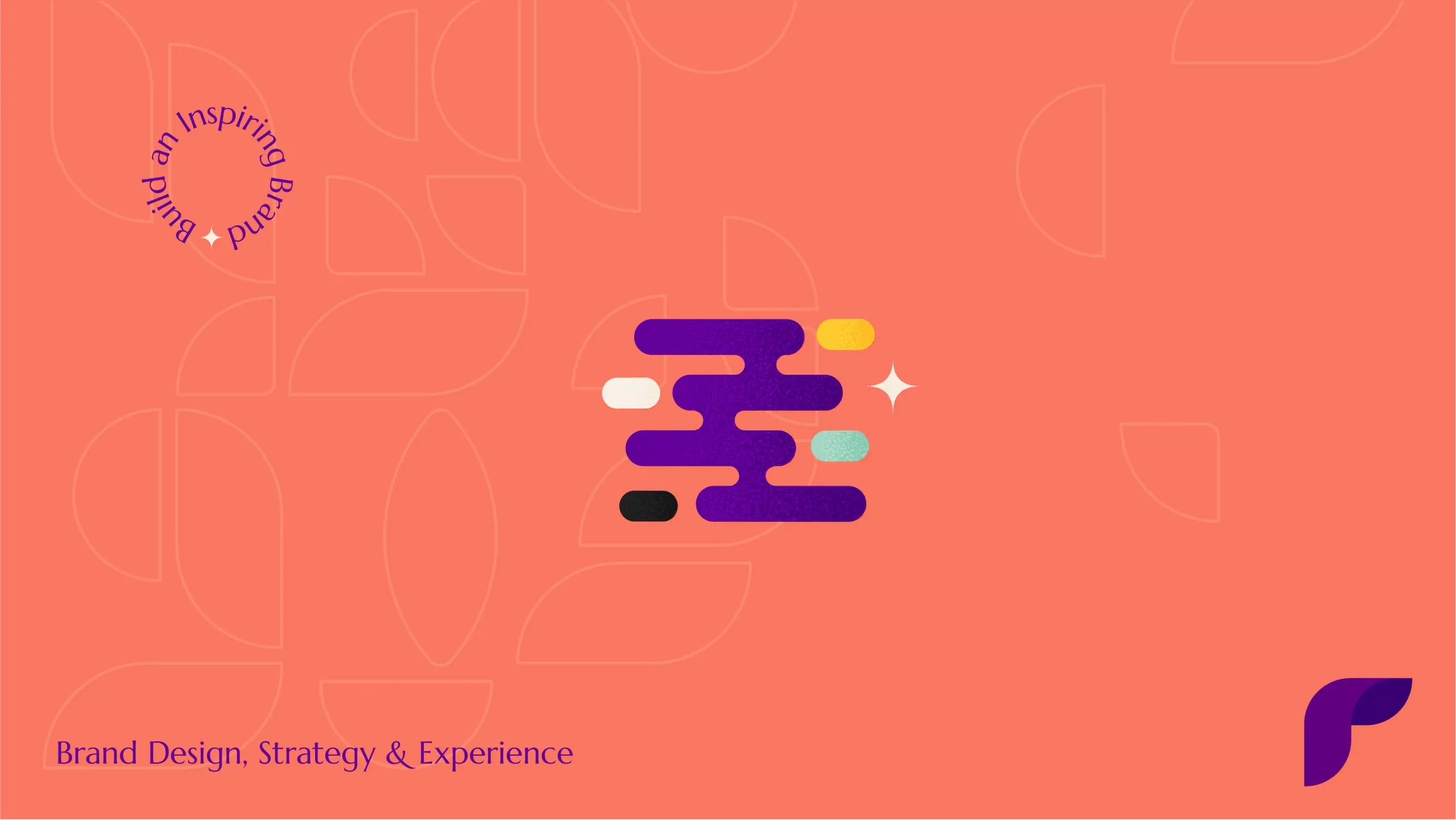Picture this: you stroll down the aisles of a supermarket, surrounded by a sea of products vying for your attention. How do you choose which one to pick? After all, you don’t need two bottles of ketchup or three different bags of chips, right?
You are going to leave the store with just one product manufactured by one brand. And this decision often boils down to one key factor: brand packaging design. What makes you pick up the product in the first place? Is it enough to retain your attention and make you leave the store with it?
These questions show us that packaging isn’t just about wrapping a product. It’s a powerful tool that can sway your buying decisions without you even realizing it. It’s like the silent salesman on the shelf, working tirelessly to catch your eye and convince you to buy. But how does it do that?
It taps into the power of visual cues and subconscious triggers. It is where design and marketing come together to influence consumer behavior. Let’s learn more about this often overlooked but pivotal aspect of branding.
What’s in this article?
The visual impact
From the moment you set eyes on the product till you leave the store or online platform, what goes on? Let’s find out.
The first impression
It all starts with you noticing the product and feeling the urge to look closer. Imagine a shelf filled with various chips packets. Your eyes scan the rows – maybe you land on a flavor you like or the design and colors captivate you.
Maybe a brightly colored bag with bold lettering jumps out at you. It’s that first impression that packaging creates, often within a matter of seconds. Only if you have your audience’s attention can you move forward with making them buy your product. Is it worth your time speaking to a prospect that is not listening to you? The same applies in this case.
Colors, typography, and imagery
Colors play a vital role in packaging design. For example, think about Cadbury’s iconic purple packaging or the vibrant red of Coca-Cola. These colors aren’t chosen at random; they’re carefully selected to evoke specific emotions and associations. When you look at these colors beyond the product, your mind connects the dots.
Any mention of yellow and red will make you remember McDonald’s. Any instance of blue will remind you either of social media platforms like Twitter and Facebook, or high-end corporations like Windows.
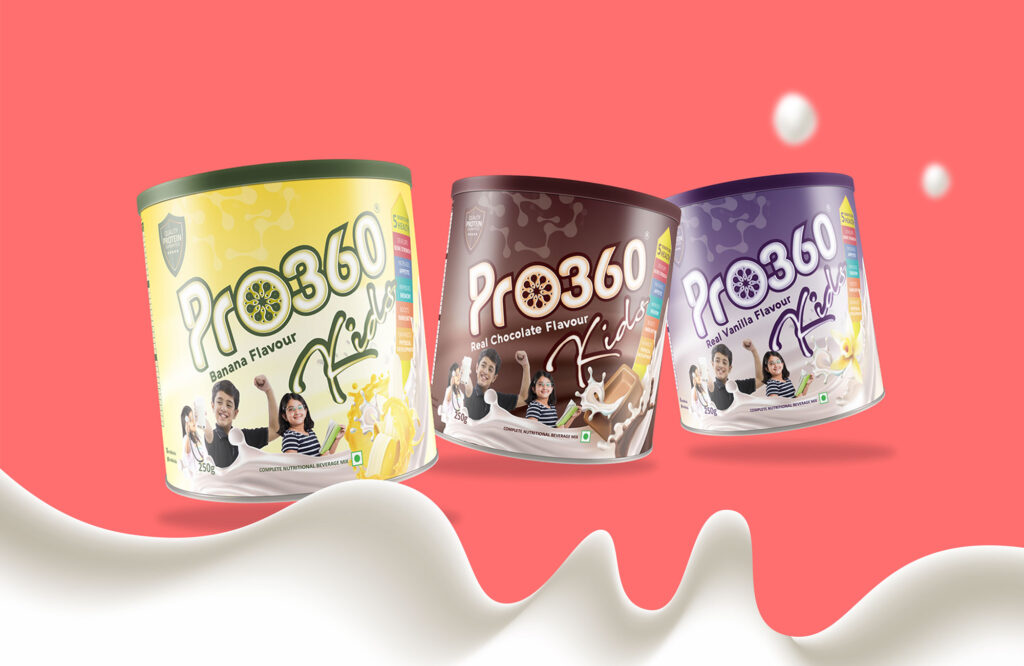
Nostalgia and storytelling
Packaging isn’t just about aesthetics; it’s a vessel for emotions and memories. Brands like Maggi and Bournvita understand this well. They use nostalgic packaging to tap into your childhood memories, making you feel connected to their products on a personal level.
Maggi doesn’t rely on making noodles. It focuses more on making it FAST and catering to the average Indian household. People no longer ask for noodles; they ask for Maggi. It has been years since the word “xerox” became ingrained in our minds. We use it instead of asking for a photocopy. While this isn’t directly related to packaging, it is the outcome you should aim for to ensure brand recall.
Packaging and brand identity
Now that the visual impact is established, let’s get into the identity part of packaging design. How do you shape perceptions and influence buyer behavior? Read on to find out more about these aspects.
The power of staying consistent
Consistency in packaging is a branding strategy that helps you instantly recognize a product. Think about Amul’s charming girl mascot or Parle-G’s iconic baby model and yellow packaging. These brands have maintained their packaging style for years, reinforcing their brand identity.
Would you be eager to buy any new product Parle-G comes out with if the young kid on the cover isn’t featured? Would you be ready to purchase a new Gatorade energy drink if the muscular design of the bottle changed? Or would you be willing to try a new edition of Apple’s Macbook series if it was blue or pink?
The answers you thought of indicate the value of consistency. These brands have established a certain vibe and packaging aesthetic for their products over the years. Any change in them would make you lose the connection you have built with the brand.
Shaping perceptions
Packaging isn’t just about what’s printed on it; it’s also about its physical form. The shape of a package can influence how you perceive a product. Round packaging may convey a friendly and approachable personality, while angular packaging might suggest innovation or modernity.
Also read: The power of packaging design: How it can shape your brand perception
Creating a sense of scarcity and urgency
Ever rushed to buy a limited-edition flavor of your favorite snack or a special festive version of a soft drink? Packaging is at the heart of creating a sense of scarcity and urgency. Brands like Coke and Pepsi are masters of this game, as they often provide limited edition deals and products.
Similarly, premium packaging isn’t just for luxury brands. It’s a signal of quality that can make even everyday products feel special. Fabindia, known for its artisanal products, elevates the perceived value of its goods through carefully crafted packaging.
While we are still discussing scarcity, we think our natural resources also fall under this category. In an era of heightened environmental consciousness, consumers are turning towards eco-friendly packaging. Brands are quick to adopt sustainable materials and practices, promoting ethical packaging choices. The Body Shop, for instance, is a pioneer in this regard.
Unbox the delight
Unboxing a product is like opening a treasure chest. Brands recognize this and make sure the experience is memorable. Think of the joy you get while unboxing a massive box of Cadbury’s Celebrations chocolates. Be it your birthday party or an office treat, you would feel like a king if you received one.
You can find so many brands with unique opening tabs or a surprise element inside when you open it. All these aspects add to the joy of buying a product and opening it. You would partly buy the product just to enjoy the process of opening it!
Conclusion
Packaging psychology is a fascinating journey into the minds of consumers. It’s not just about making a product look good. It’s about leveraging emotions, perceptions, and values to influence buying decisions.
The next time you pick up a product, take a moment to appreciate the thought and strategy that went into its packaging. It’s a silent influencer that shapes the way we shop, often without us even realizing it.

